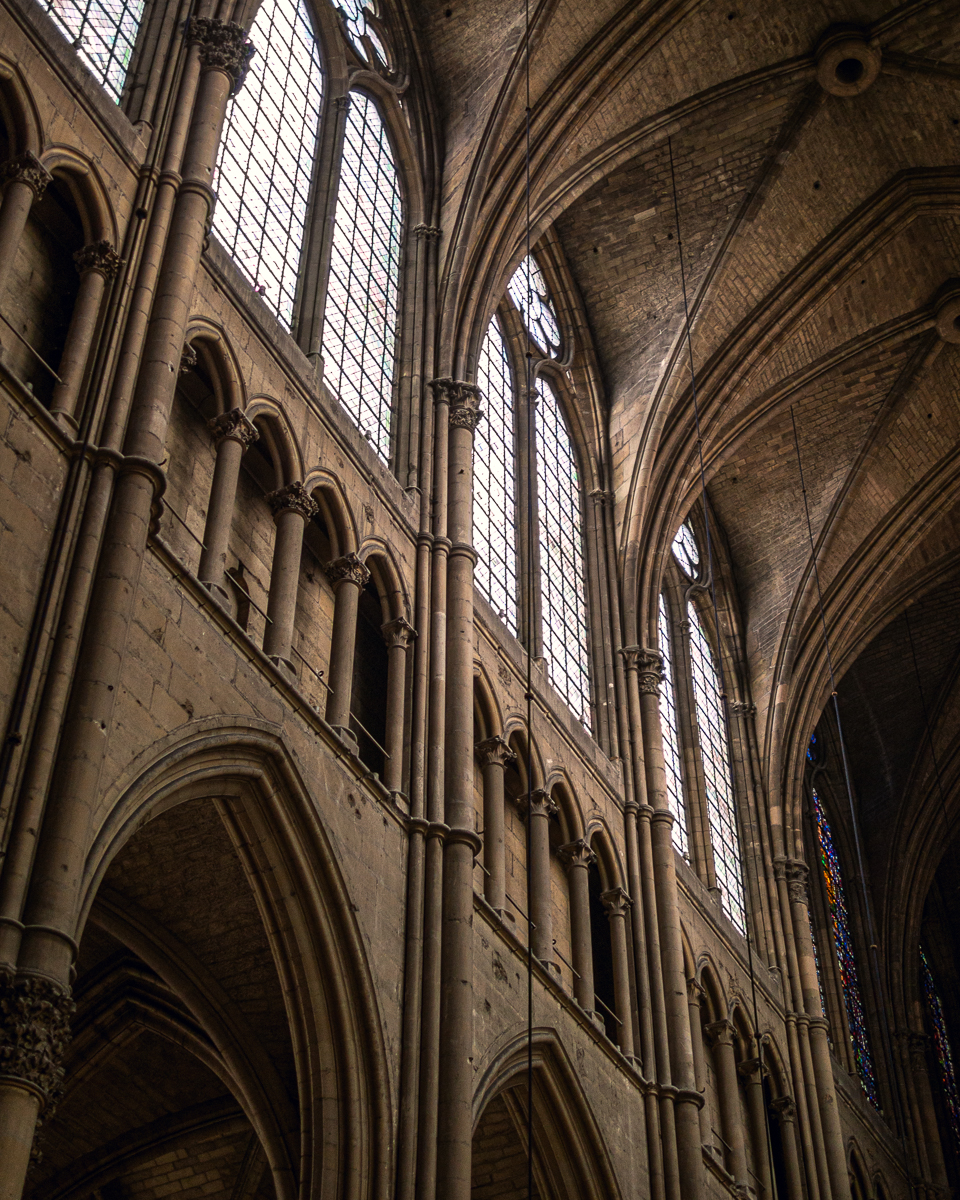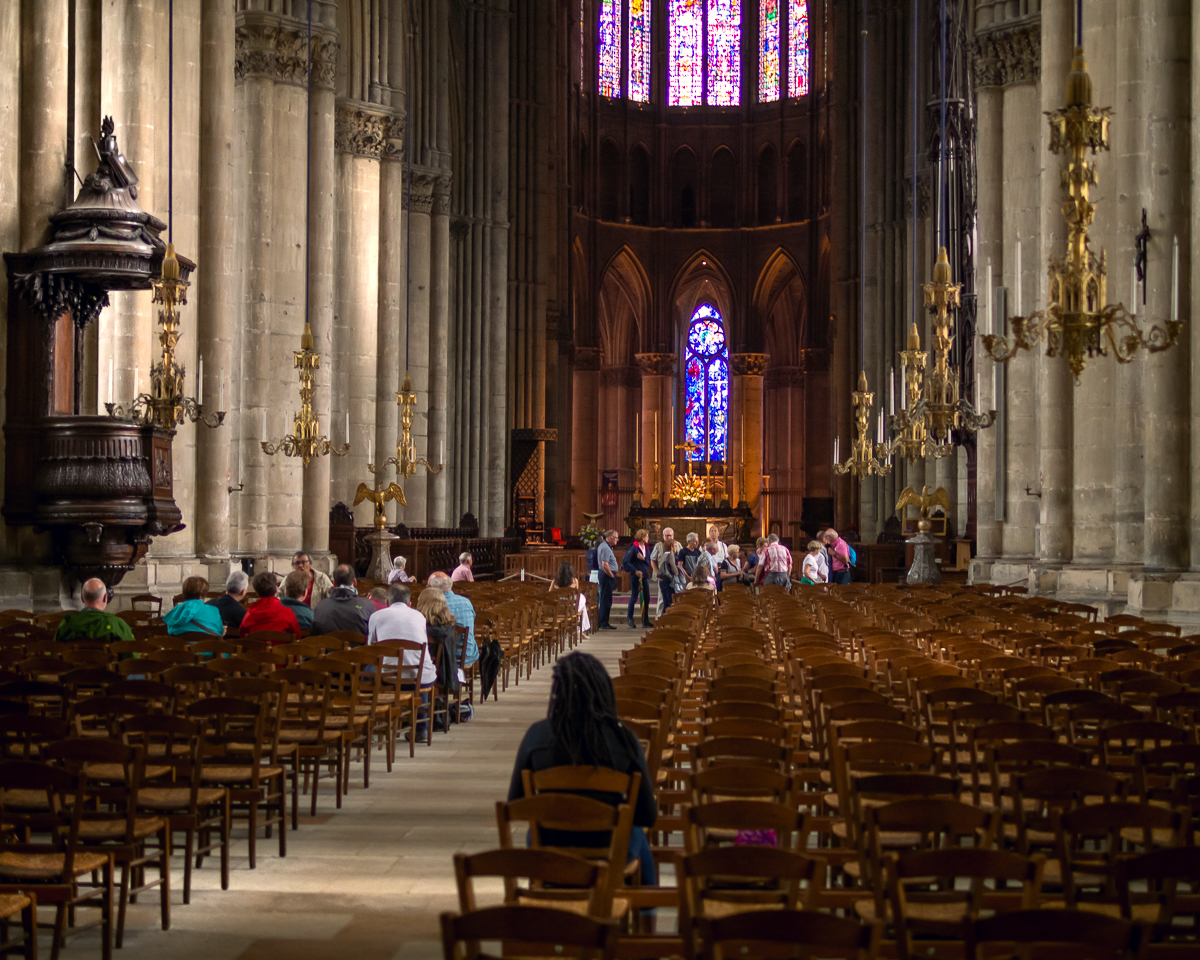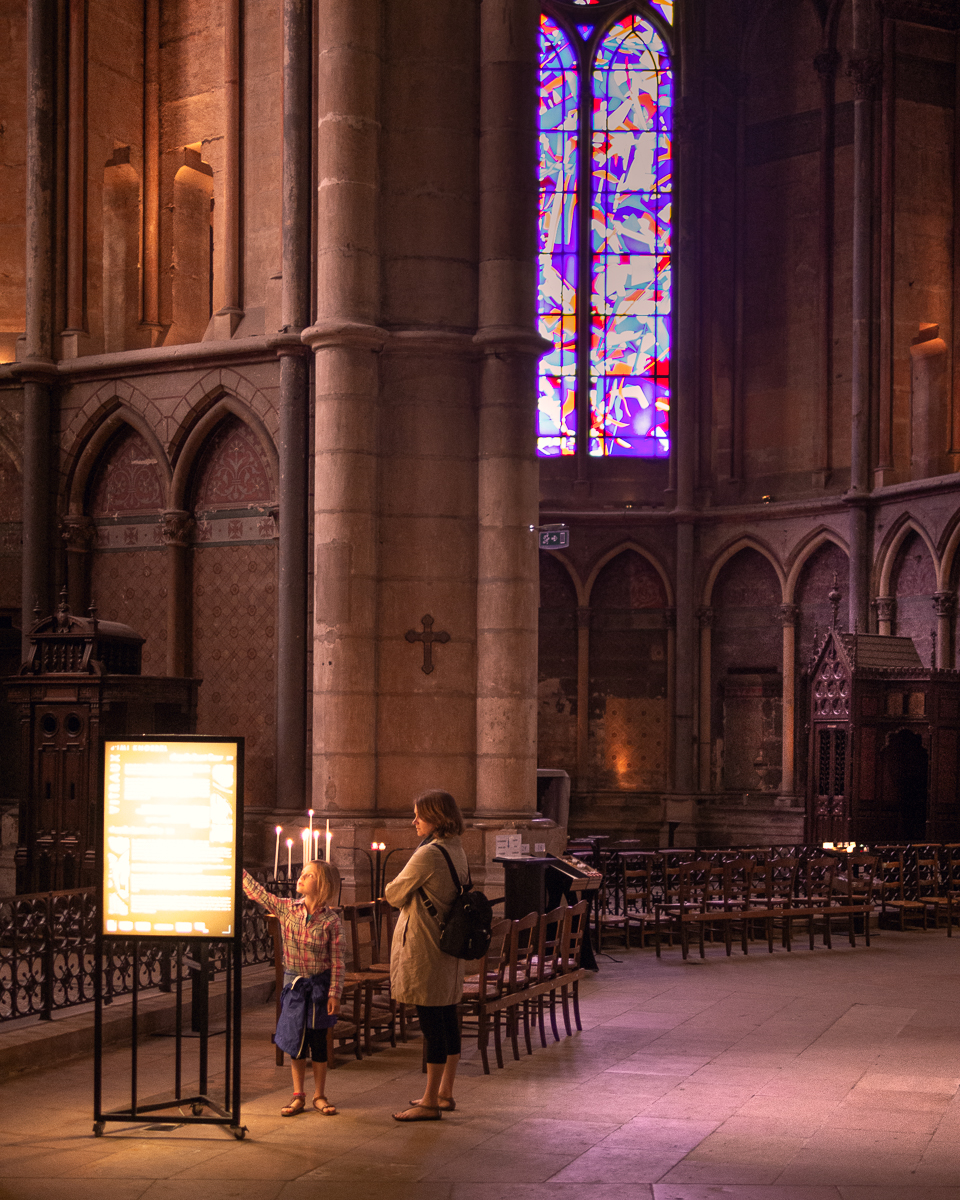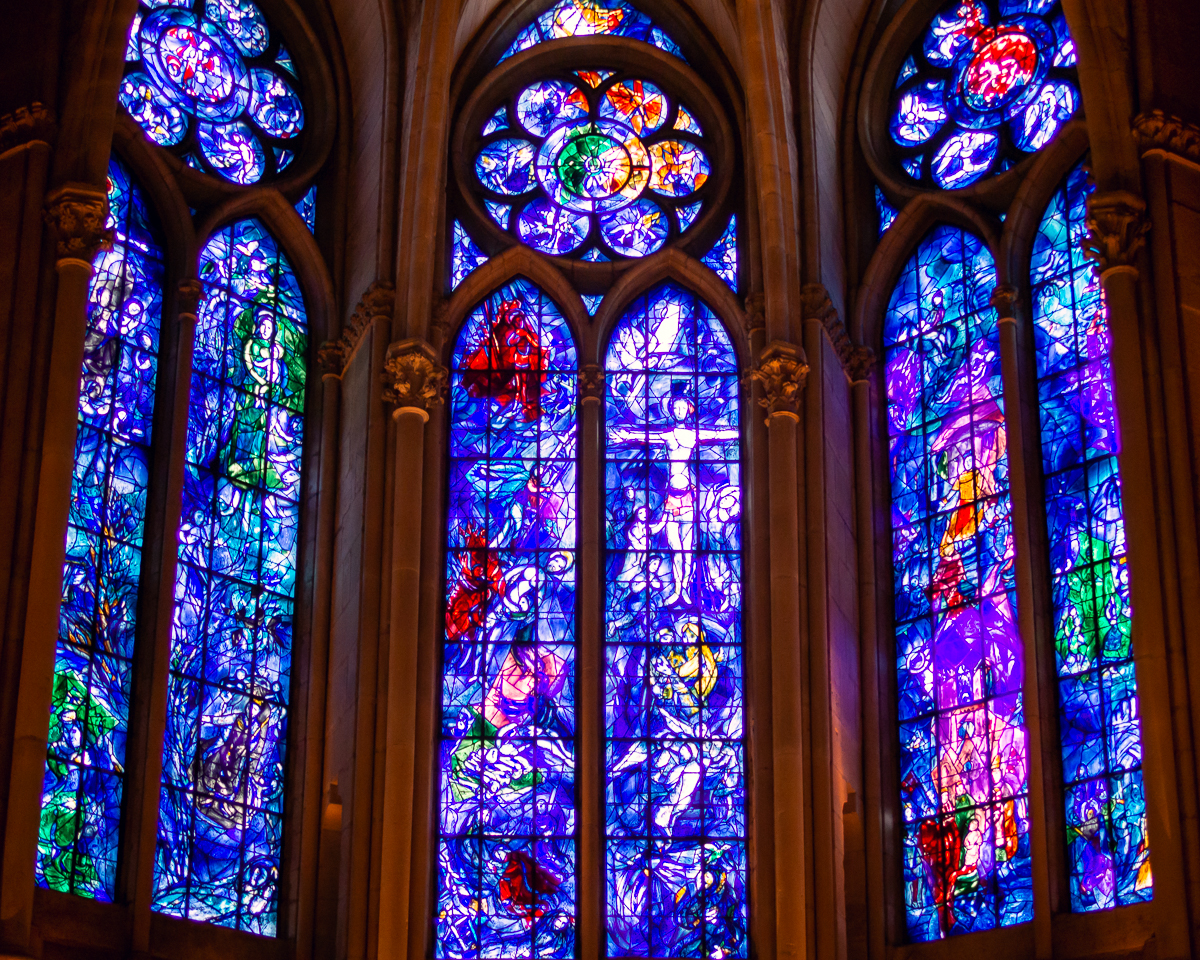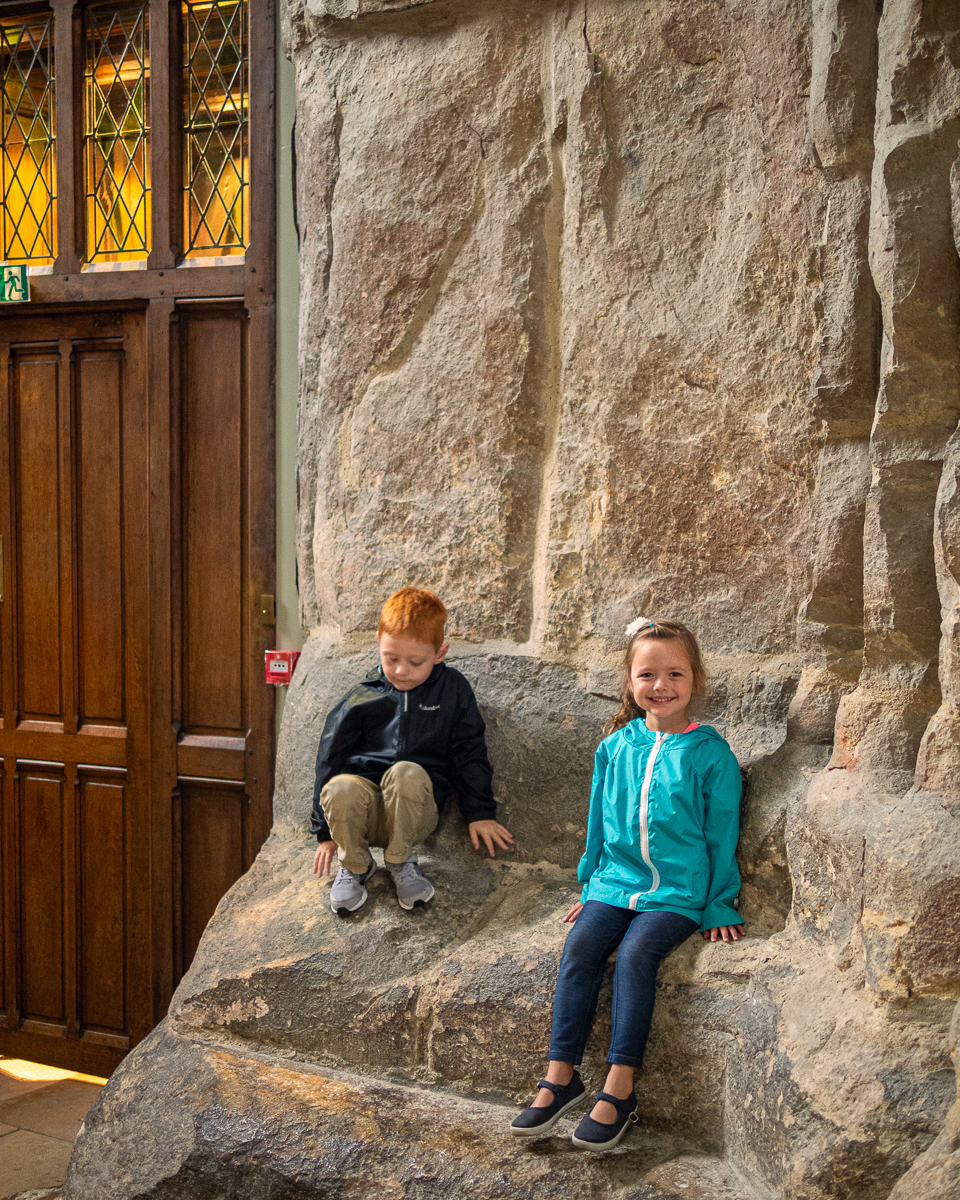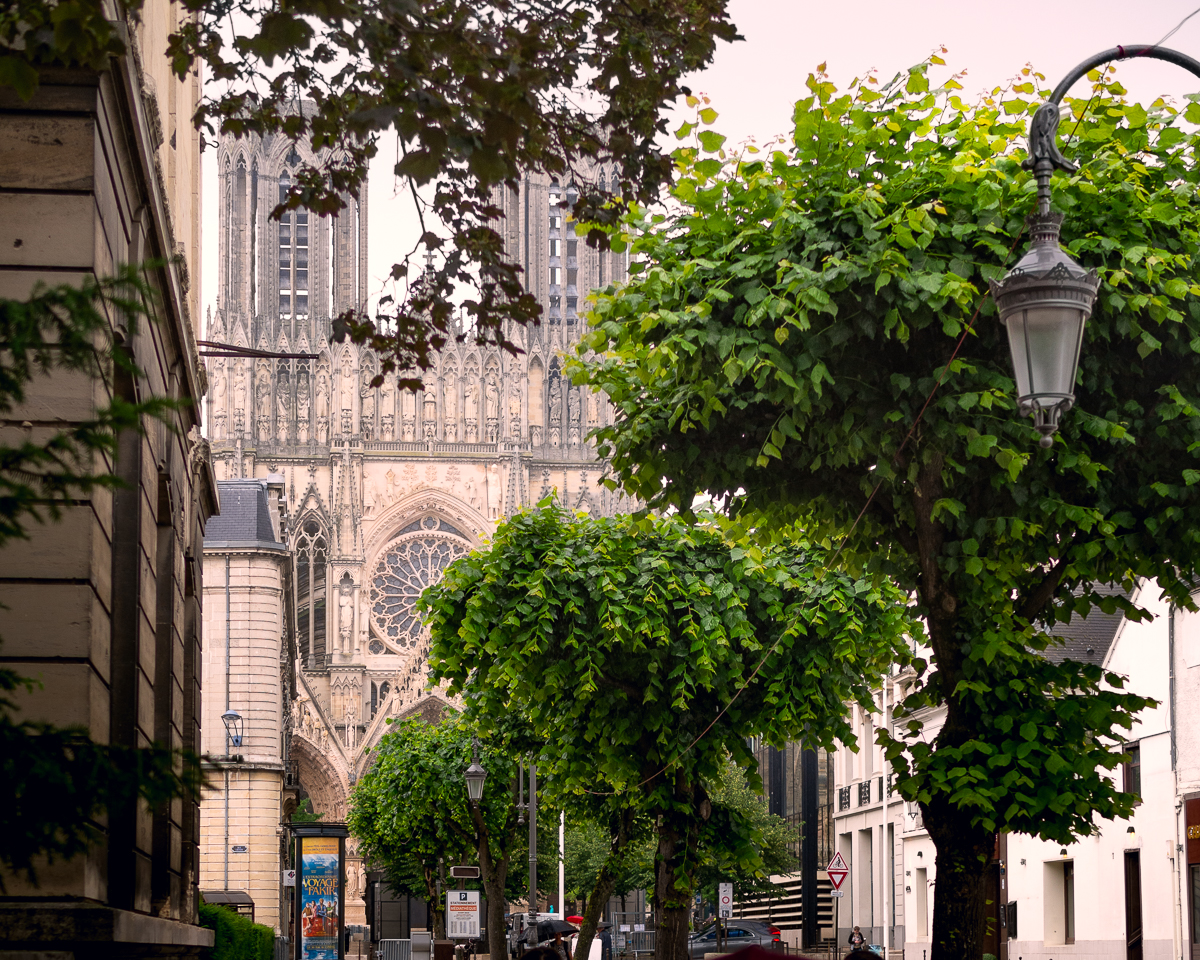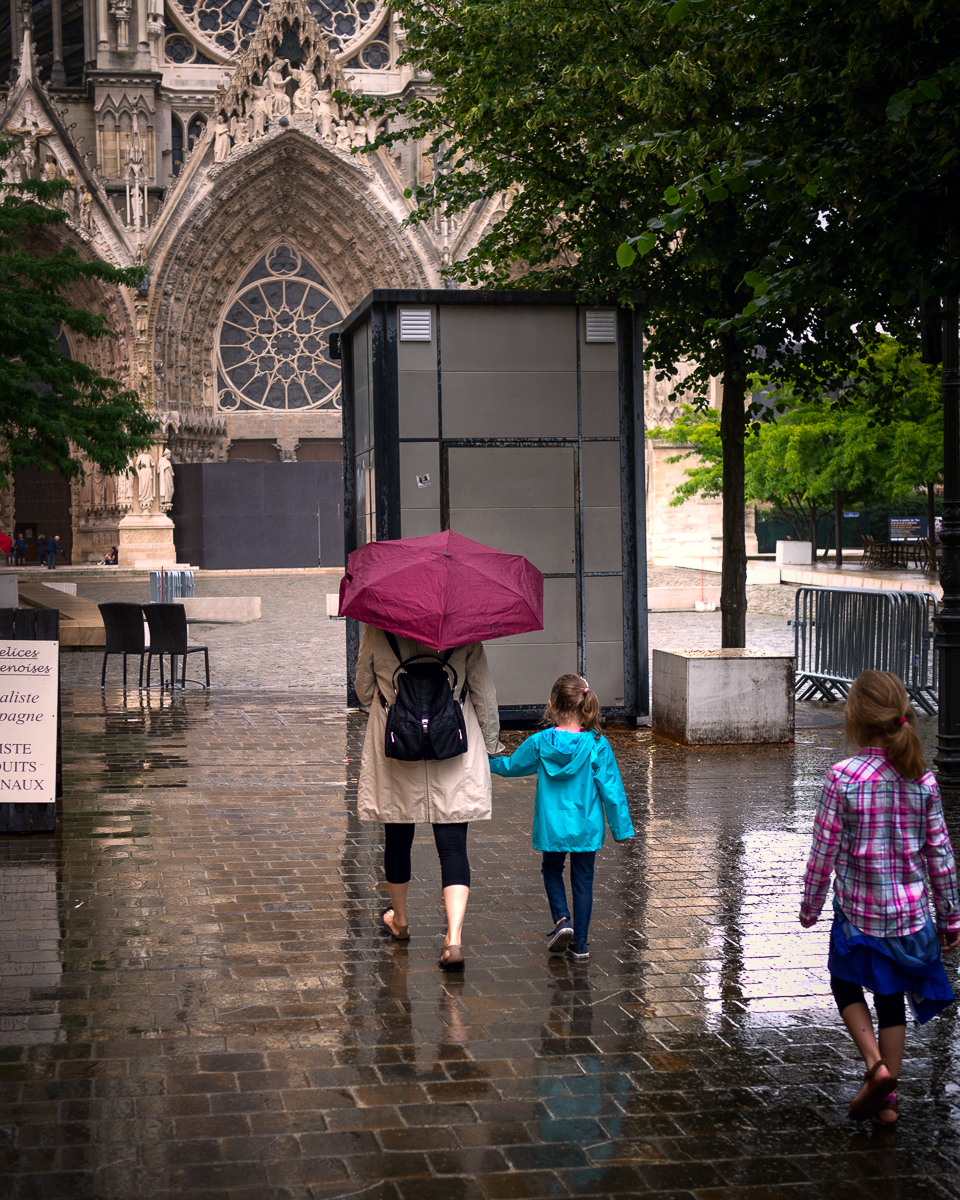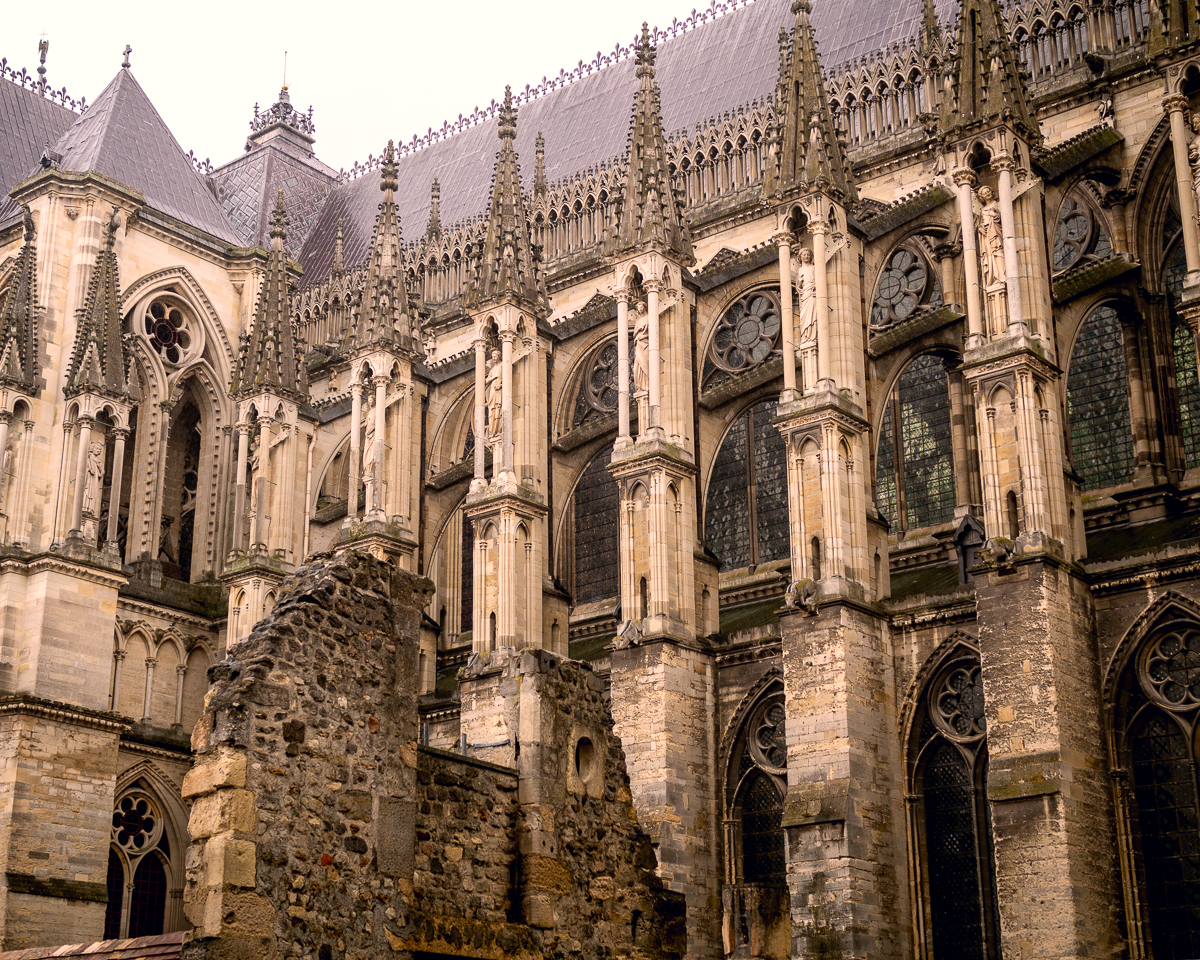 Some people love generating excitement in children. Afterall, it’s so fun to see their hopes and happiness climb to great heights. And they’re just so easily manipulated. It’s possible to trick a child into thinking a trip to the park or grocery store or dentist is like a visit to Disney World. While strategically trying to convince children that the dentist is as jolly as old St Nick is a clever strategy, I’m willing to bet the experience never lives up to the expectations, no matter how charming the dentist is. If the expectations exceed reality, then disappointment will be inevitable.
Some people love generating excitement in children. Afterall, it’s so fun to see their hopes and happiness climb to great heights. And they’re just so easily manipulated. It’s possible to trick a child into thinking a trip to the park or grocery store or dentist is like a visit to Disney World. While strategically trying to convince children that the dentist is as jolly as old St Nick is a clever strategy, I’m willing to bet the experience never lives up to the expectations, no matter how charming the dentist is. If the expectations exceed reality, then disappointment will be inevitable.
I’ve found the key to effectively managing those expectations is quite the opposite. I withhold information and let the children be surprised. As “they” say, under promise and over deliver. I downplay the experience of visiting the dentist as being boring knowing very well that they’ll get to choose a prize from the treasure chest at the end. It works in reverse as well. Something as simple as showing up unannounced to a playground can elicit disproportionate levels of happiness and foster gratitude in replacement of entitlement.
Equally, I find it better to show rather than tell. For instance, trying to describe the majesty of the grand canyon to someone will likely elicit luke-warm reactions. Show someone the grand canyon, and the reception will be one of surprise and amazement.
I could have said, “Hey kids, we’re going to see an enormous gothic cathedral that’s nearly a thousand years old! All of France’s kings were crowned there! Five hundred years ago Joan of Arc was part of one of those coronation processessions at a time when the cathedral was already 300 years old.” But I’m sure I’d have gotten blank stares, if they stuck with me long enough to reach the end of my elevator pitch.
So when we casually strolled through central Reims and glimpses of the heavy stone facade of the magnificent monument flashed through the leafy tree-lined street, the children were only armed with the most vague information. They were going to see a large, old church. However, my own excitement multiplied with every step and each glimpse. The rain once again fell in soaking sheets and trapped us all under our umbrellas with only the wet cobblestones upon which to direct our gaze. They gave a reflective shine that the photographer in me dreams of. Frequently, I tipped back the umbrella, squinting through the splash of water droplets falling on my face, to catch the next fleeting view. The children twirled and stomped puddles with only hoods for protection.
We entered an open plaza and were presented with the cathedral of Reims in all its unobstructed glory. The pile of meticulously stacked stones felt alien in the modern city, like it had been transplanted from some Lovecraftian civilization – ancient and enlightened. Reims had been bombed flat during WWI and the cathedral wasn’t spared. With the funding of John D. Rockefeller it was painstakingly reconstructed while most of the rest of the city was largely built in a modern style. The building materials were homogeneous and elemental, and it felt more like I was gazing upon a soaring Mayan temple or Easter Island Moai than any sort of modern day building. But the craftsmanship in the stone carvings and the tremendous care and thoughtfulness upon which they were arranged makes its sophistication instantly apparent.
While the others walked ahead, I stopped and took a few seconds to absorb the emotion of the environment, recording the damp stone to my memory. I was suddenly stunned to realize the square was effectively deserted on this late Sunday afternoon. There were only a few people strolling about under umbrellas, most of them simply passing through. With the late afternoon light diffused through thick storm clouds I felt as though I’d been transported into Gustave Caillebotte’s Paris Street; Rainy Day. It wasn’t lost on me how special this was. I was sure, that at this very moment in Paris, there would be a line blocks long to enter Notre Dame, and the vast plaza would be bursting with visitors.
When the door closed behind us and our umbrellas collapsed, all five pairs of eyes drifted skyward as if drawn by a puppeteer’s strings. The heavy stone lifted toward the sky in a dizzying display of weightlessness. The vast structure was surprisingly nearly as bright as if outdoors. Dark recesses at the edges were hopelessly accented by the glow of artificial candles in chandeliers. The children literally “oohed” and “ahhed” and even “whoaed.” It wasn’t a minute before they were scattering. This was my show, don’t tell, moment. Bobby immediately discovered the rose window high over our heads and was overjoyed to show it to all of us as though he were the first to gaze upon it. Gianna flitted off down the center of the nave, arms outstretched and twirling on her tiptoes. And Lydia gazed studiously, either in great thought or great boredom, which, I can’t be certain.
The five of us split to explore in our own way. I struggled to take as many photos as I could in the brief visit while keeping to a minimum the time the camera was pressed to my eye. In between snaps of the shutter I have memories of the children frozen in various vignettes of exploration: Bobby trying to open a small hatch in the floor of the ambulatory, spotting Gigi sitting alone in the congregation through my camera lens, and the three of them sitting, scrunched, side-by-side, in a recess in one of the enormous columns, all three necks kinked backward like pipe cleaners. While the historical and cultural significance of a cathedral like this is long and complicated, I can’t help but feel like they enjoyed their experience every bit as much as me and in a fundamentally similar way.
On the way out we paused for restroom breaks in the square. Lydia and Bobby climbed a stone wall and danced and twirled with their arms outstretched in the rain. The massive stone monument proved a striking backdrop to the exuberant performance. By the time we reached our car we were all thoroughly soaked and the day’s remaining light was disappearing in dimming soft glow.






